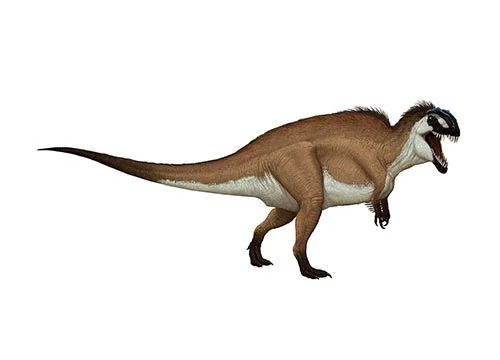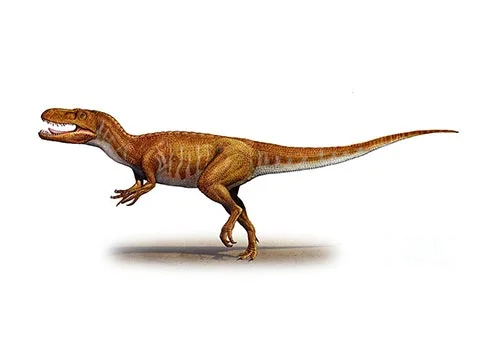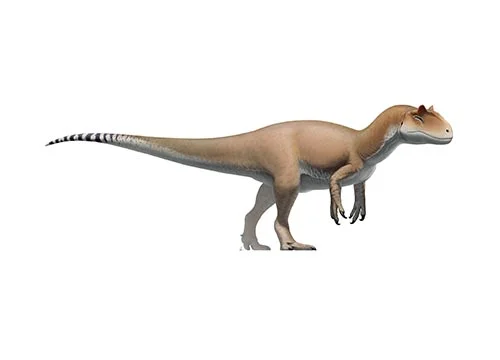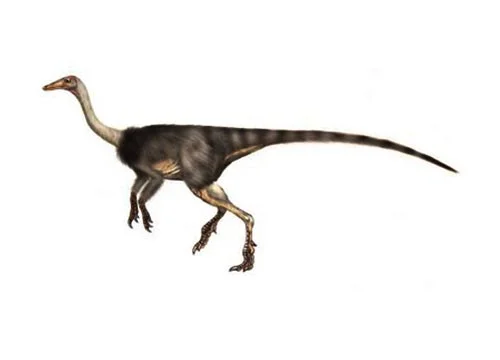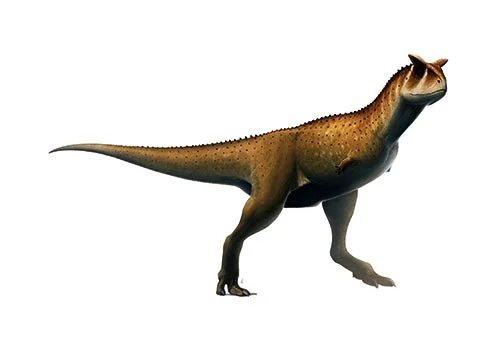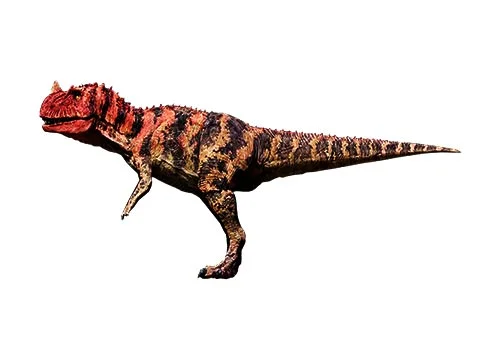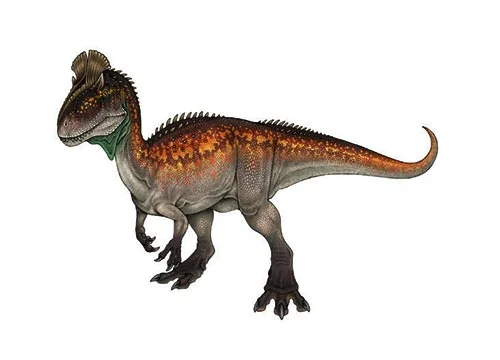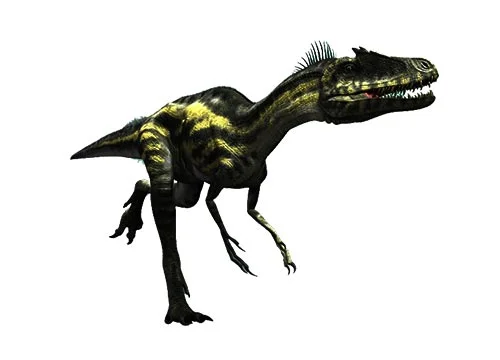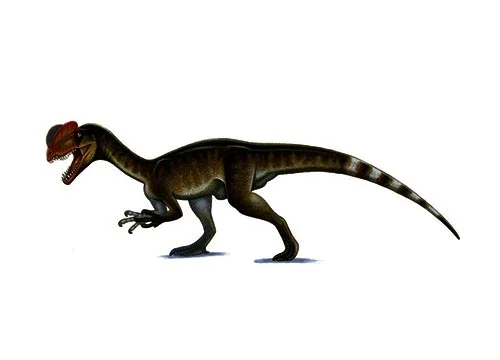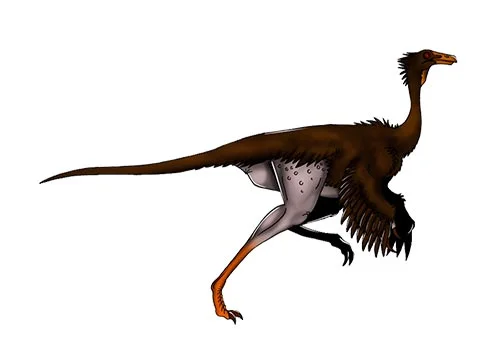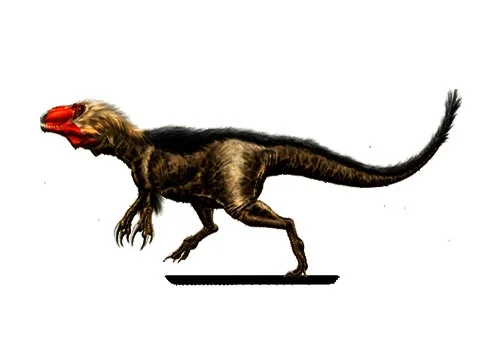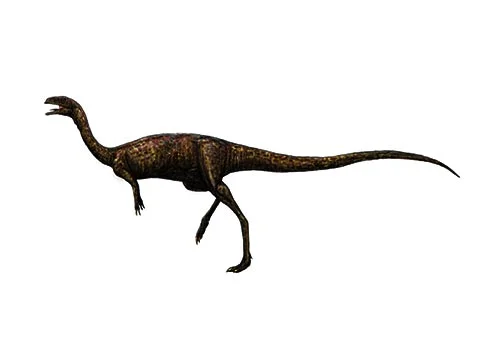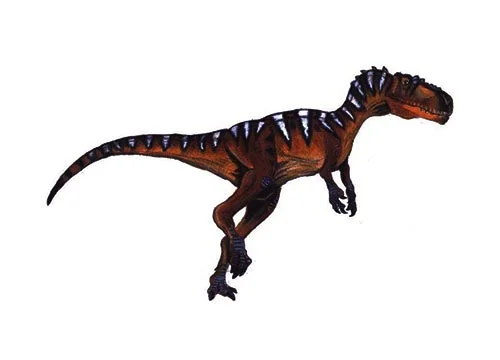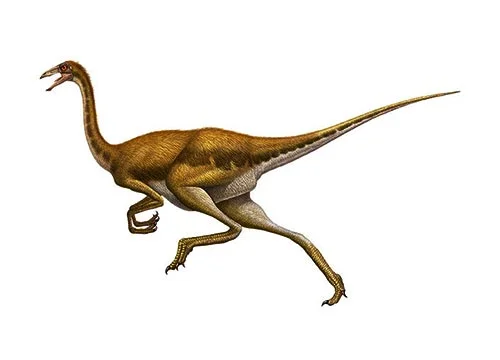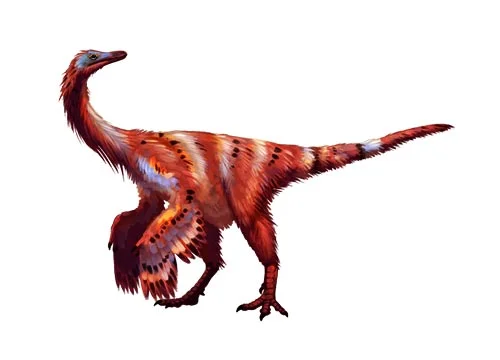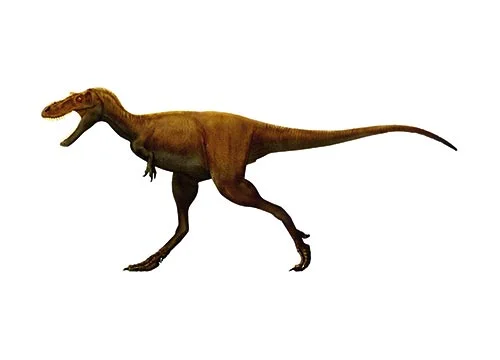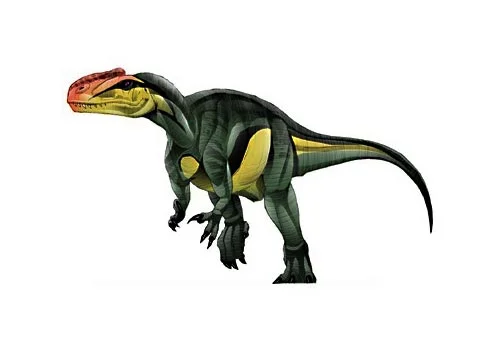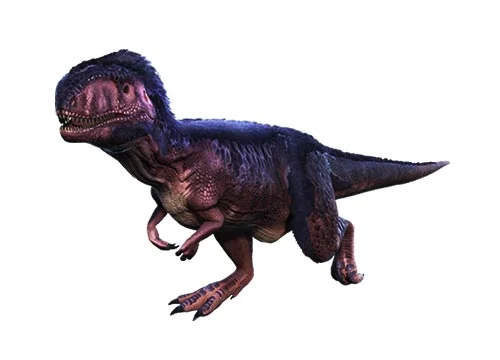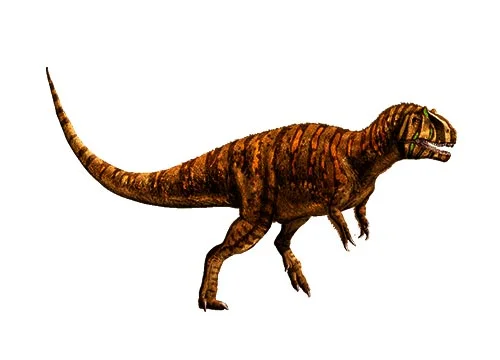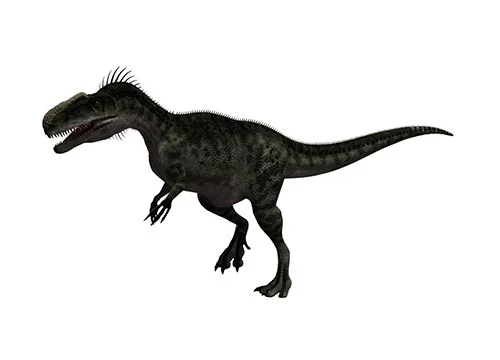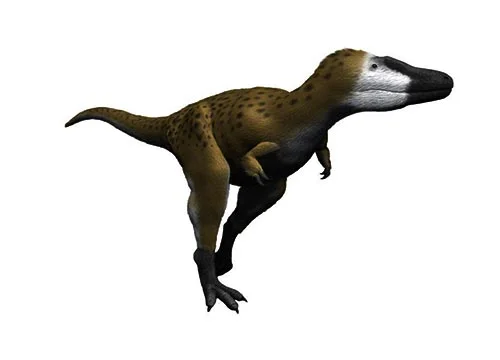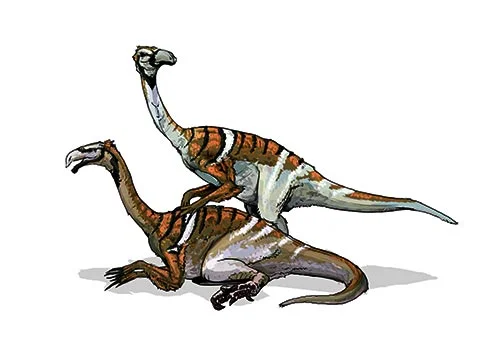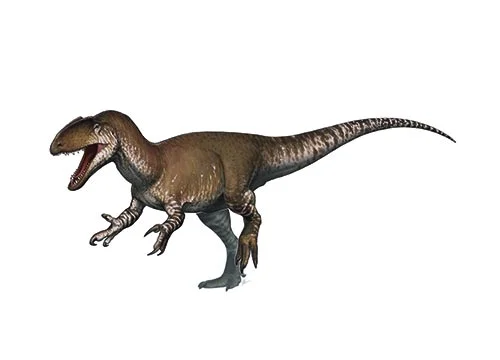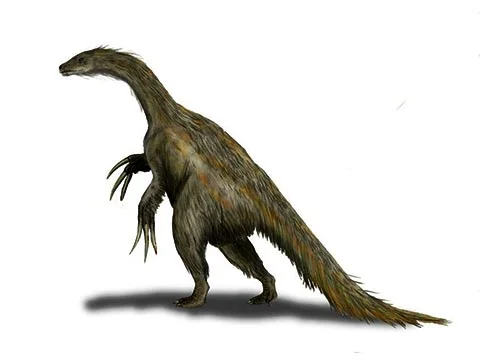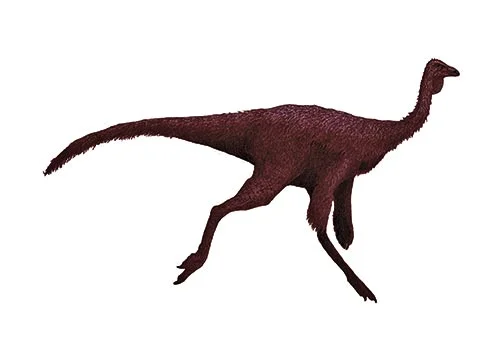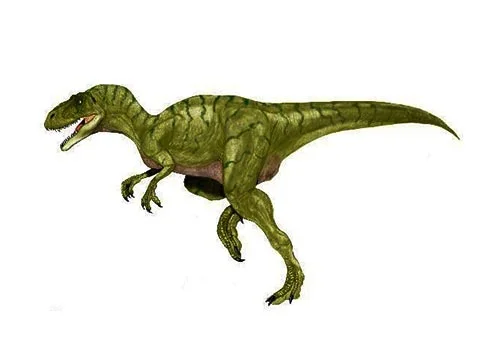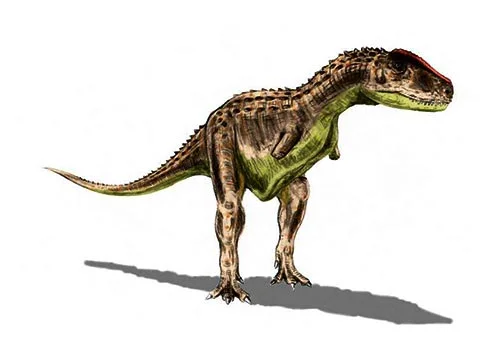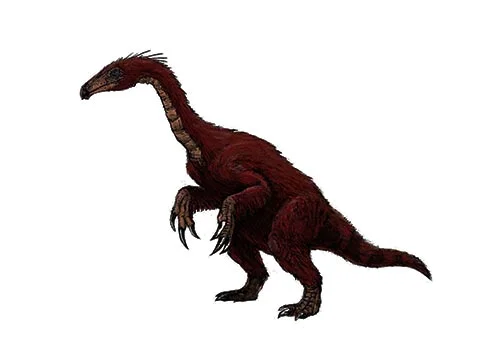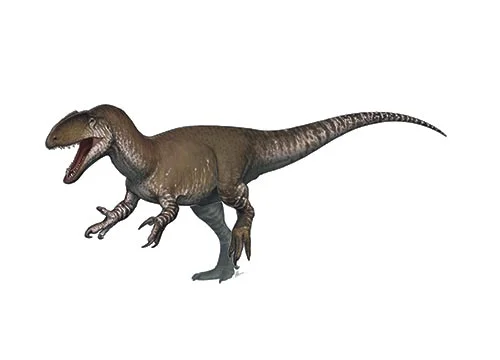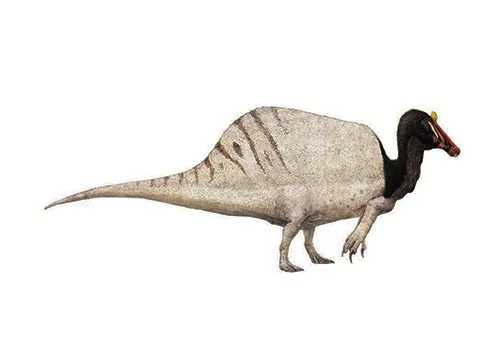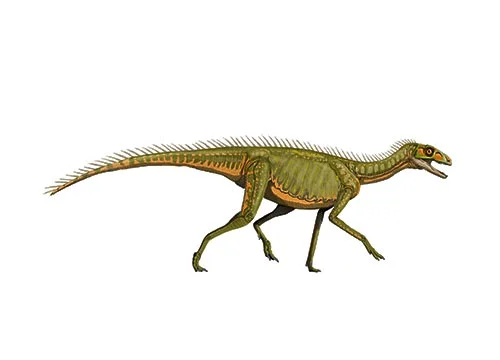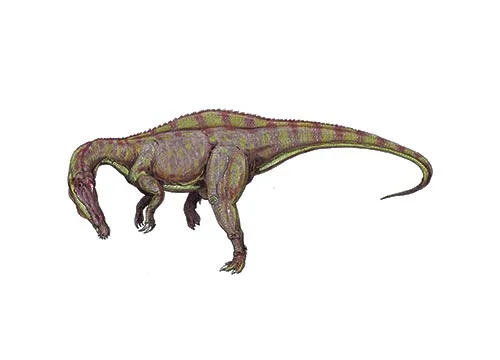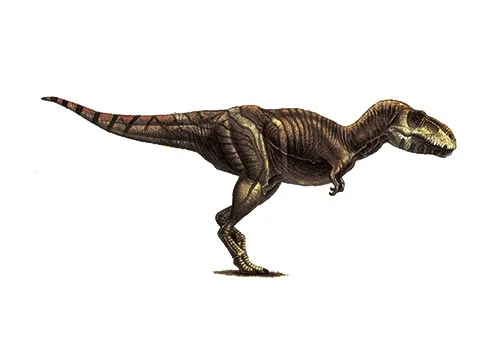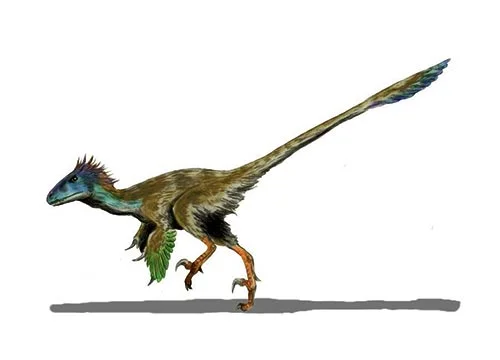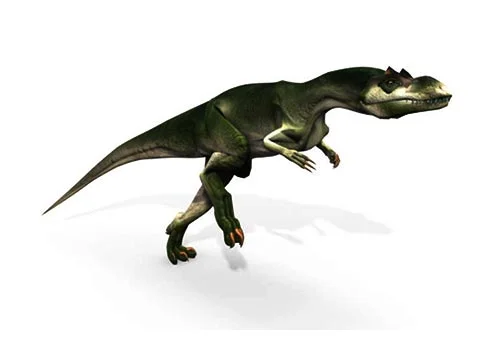Large Theropod Dinosaurs
Large theropod dinosaurs were a diverse group of carnivorous dinosaurs that were some of the largest and most fearsome predators to ever walk the earth. These dinosaurs evolved a variety of adaptations for hunting and consuming large prey, including powerful jaws, sharp teeth, and massive size.
Some of the most well-known large theropod dinosaurs include:
Tyrannosaurus Rex – Tyrannosaurus Rex, or “T. Rex,” was one of the largest predators to ever walk the earth, and lived during the Late Cretaceous period. It had a massive head with a powerful bite force, and may have been capable of crushing bones with its teeth.
Spinosaurus – Spinosaurus was a massive theropod dinosaur that lived during the Cretaceous period. It had a long, narrow snout and large, sail-like structures on its back, and may have fed on fish as well as other large animals.
Carcharodontosaurus – Carcharodontosaurus was another large theropod that lived during the Late Cretaceous period. It had a long, narrow snout with serrated teeth, and may have been capable of taking down large sauropods and other herbivorous dinosaurs.
Giganotosaurus – Giganotosaurus was a massive theropod dinosaur that lived in what is now Argentina during the Late Cretaceous period. It had a long, narrow snout and sharp teeth, and may have been one of the largest predators of its time.
Large theropod dinosaurs were some of the most successful predators of the Mesozoic Era, and evolved a variety of adaptations for hunting and consuming large prey. These adaptations included powerful jaws, sharp teeth, and massive size, which allowed them to take down some of the largest animals of their time.
Despite their success, however, many large theropod dinosaurs eventually went extinct, possibly due to changes in their environments or competition with other predators. Today, their closest living relatives are birds, which are thought to have evolved from small, feathered theropod dinosaurs that lived during the Late Cretaceous period. Although they are now much smaller and less fearsome than their dinosaur ancestors, birds still retain many of the adaptations that made their theropod dinosaur ancestors such successful predators.



